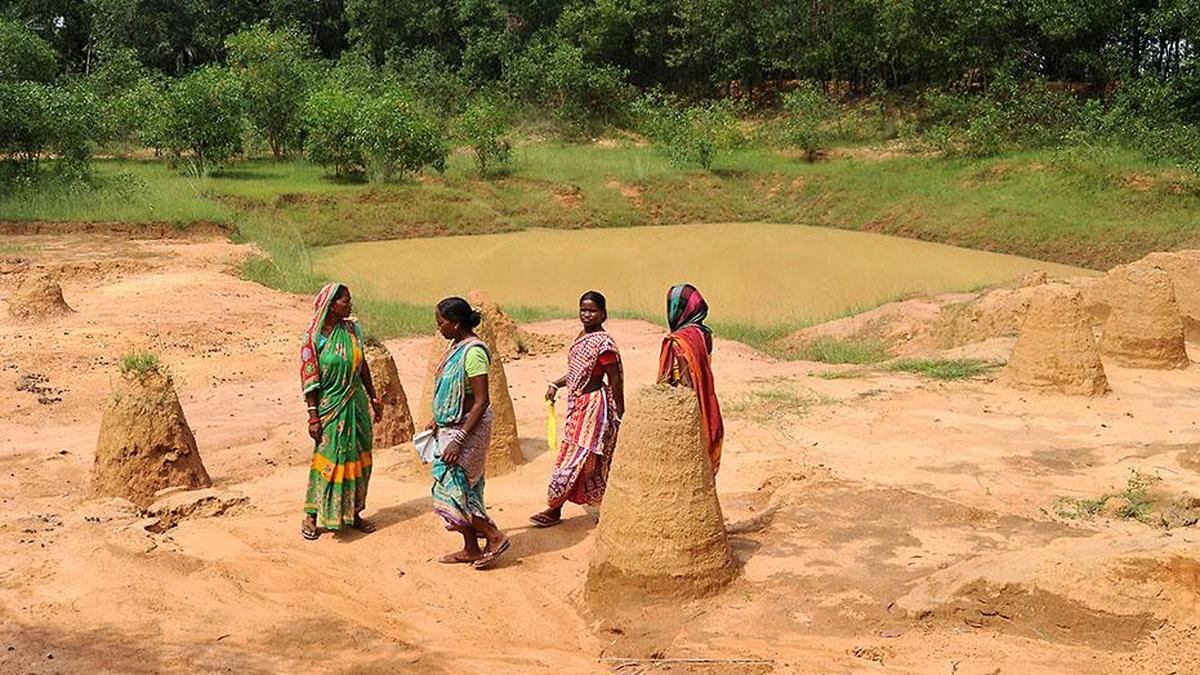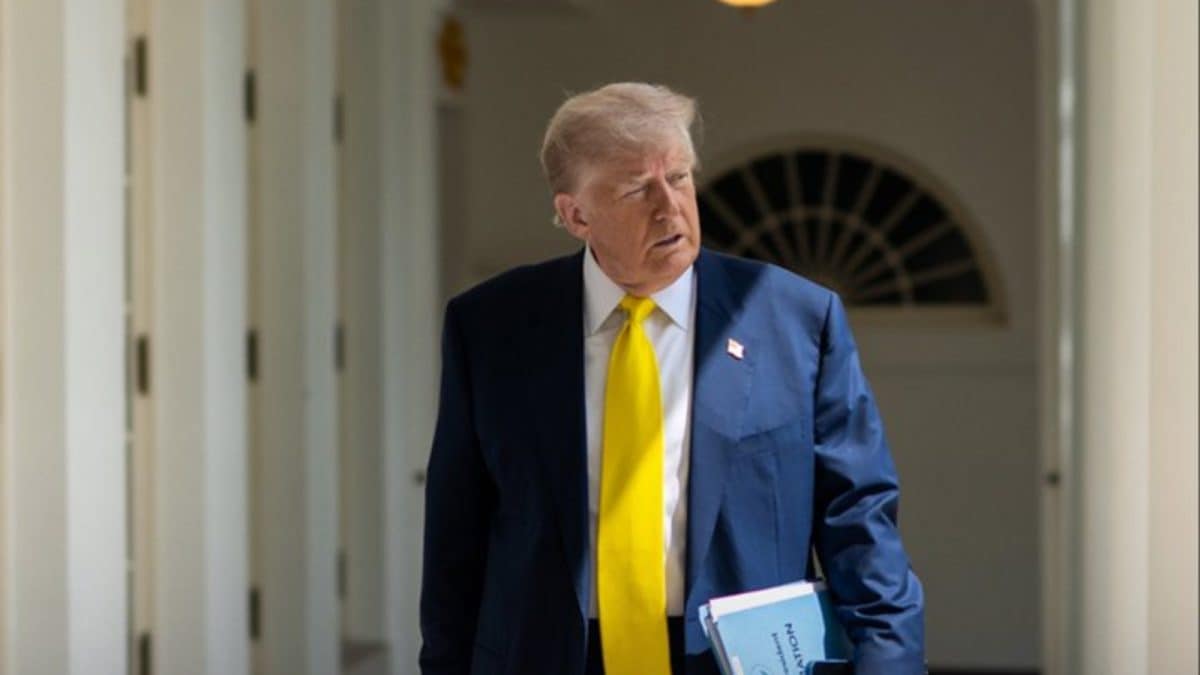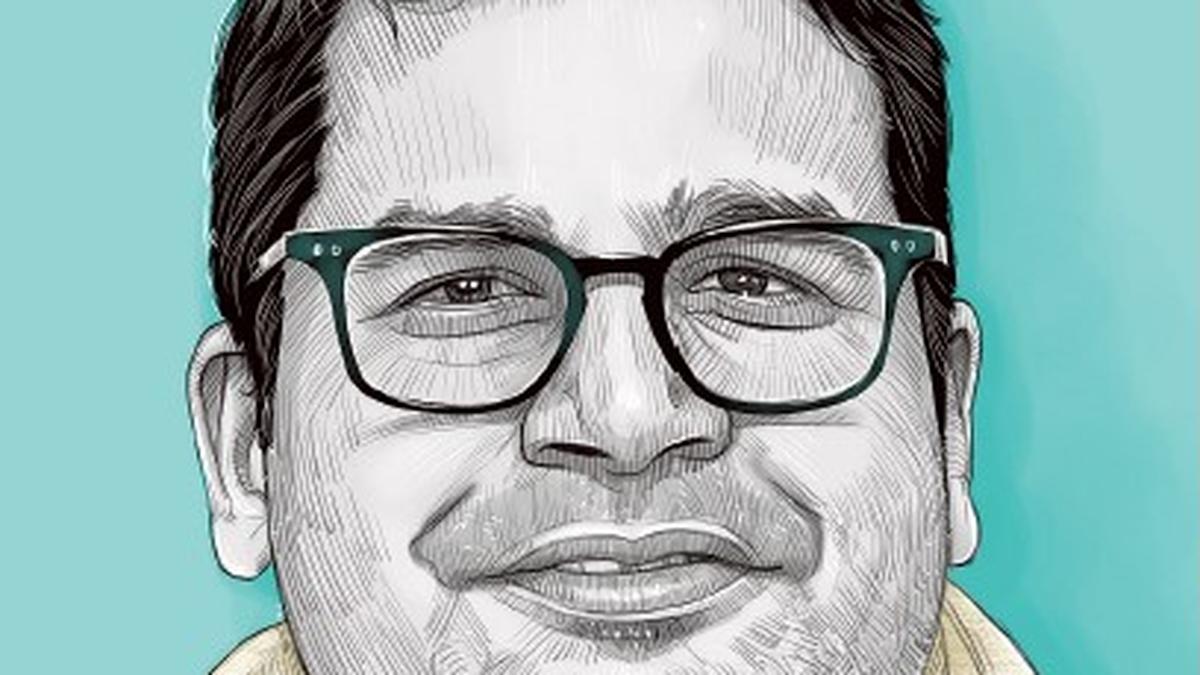ARTICLE AD BOX
Last Updated:October 21, 2025, 17:01 IST
Held on the banks of the Mandakini River, the centuries-old fair is India’s second-largest animal market after Pushkar, drawing traders from across India, Nepal, and Afghanistan

In its three-day span, the fair recorded the sale of around 8,000 animals, generating transactions worth nearly Rs 10 crore. (News18)
‘Salman Khan’ and ‘Shah Rukh Khan’ are making headlines again—not in cinema halls, but at Uttar Pradesh’s Aurangzeb-era Donkey Fair in Chitrakoot, where these animals fetched bids of up to Rs 1.85 lakh.
Held on the banks of the Mandakini River, the centuries-old fair is India’s second-largest animal market after Pushkar, drawing traders from across India, Nepal, and Afghanistan.
This year’s fair has once again turned the sleepy temple town into a bustling marketplace, with over 15,000 donkeys, mules, and mares arriving from Uttar Pradesh, Madhya Pradesh, Bihar, Nepal, and even Afghanistan. The prices range between Rs 5,000 and Rs 1 lakh, depending on each animal’s breed, strength, and gait—qualities that determine their endurance for construction and brick kiln work across the region.
Star Donkeys of Chitrakoot
The fair’s biggest draw, as always, are the animals with celebrity names. Donkeys called ‘Salman’, ‘Shah Rukh’, ‘Basanti’, and ‘Dhoni’ have become crowd-pullers, with buyers lining up to bid for them. Last year, ‘Salman’ was sold for Rs 1.85 lakh, while ‘Shah Rukh’ fetched Rs 1.25 lakh and ‘Basanti’ went for Rs 85,000. The tradition of naming donkeys after Bollywood icons or sports stars adds both humour and competition to the market—a blend of rustic charm and pop culture.
The animals are paraded before buyers, their strength tested through short sprints and load trials. Traders loudly debate their worth and deals are struck in the open, sealed with handshakes and cash bundles rather than contracts.
Aurangzeb’s Legacy
The origins of the Chitrakoot Donkey Fair trace back to 1670 during the reign of Emperor Aurangzeb, who reportedly set up this market to supply donkeys and mules for his army and construction projects. While Aurangzeb’s rule is often remembered for its rigid orthodoxy, locals recall this fair as one of his few enduring contributions to the region’s economy.
“This market began during Aurangzeb’s time when the emperor ordered the purchase of donkeys and mules for transporting goods and materials. Over the years, it became a tradition held every Diwali," says Ramesh Pandey, the fair’s chief organiser. “But now, it’s shrinking. Fewer traders and buyers come each year. If this continues, the fair might fade within a decade."
Despite these concerns, the Chitrakoot Donkey Fair remains one of India’s oldest surviving livestock markets, second only to Rajasthan’s Pushkar Mela in scale and heritage.
Breaking Barriers: Women in Trade
A striking feature this year has been the presence of women traders, who have entered what was once a male-dominated domain. Sabina, a trader from Bihar, arrived with her daughter-in-law Savita Bano, and together they purchased 15 animals priced between Rs 6,000 and Rs 30,000.
“We buy donkeys and mules for work in brick kilns. It’s a family business, and women are equally capable of running it," says Sabina, adjusting her veil as she oversees the loading of her new purchases. Their participation reflects slow but steady social change in the rural livestock trade.
Faith, Festivity, and Folk Music
Coinciding with Diwali celebrations, the fair adds a unique rhythm to Chitrakoot’s festive season. Pilgrims gather along the Mandakini River for rituals and prayers, while just a short walk away, the donkey market bustles with trade. The juxtaposition of faith and commerce—oil lamps flickering on the ghats and donkey bells jingling in the market—gives the event an unmistakably surreal character.
Evenings at the fair are marked by folk songs, drumming, and storytelling, as traders from different states share meals and music. “This is not just a market; it’s a cultural gathering," says Pandey.
In its three-day span, the fair recorded the sale of around 8,000 animals, generating transactions worth nearly Rs 10 crore. Traders, however, admit that the market’s golden days are behind it. With mechanisation replacing pack animals in construction and transport, demand has dipped sharply in the last decade.
“Machines can carry more, but in narrow lanes and hilly terrain, nothing replaces a donkey," says Ramesh Lal, a trader from Jhansi. “They can go where trucks cannot. That’s why small kiln owners and rural builders still depend on them."
For locals, however, the fair remains a symbol of resilience and identity. It represents a way of life tied to manual labour, animal care, and cultural exchange—all slowly fading in India’s rush toward urbanisation.
“People come here out of curiosity, but they leave with a sense of history," says Pandey. “This fair began with an emperor’s order, and it still survives on people’s faith."
Location :
Chitrakoot, India, India
First Published:
October 21, 2025, 17:01 IST
News india 'Salman' For Rs 1.85 Lakh, 'Shah Rukh' For Rs 1.25 Lakh: Meet 'Celebrities' Of This Aurangzeb-Era Fair
Disclaimer: Comments reflect users’ views, not News18’s. Please keep discussions respectful and constructive. Abusive, defamatory, or illegal comments will be removed. News18 may disable any comment at its discretion. By posting, you agree to our Terms of Use and Privacy Policy.
Read More

 6 days ago
11
6 days ago
11









 English (US) ·
English (US) ·